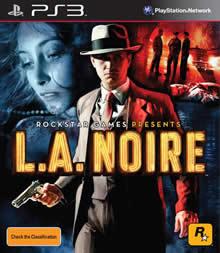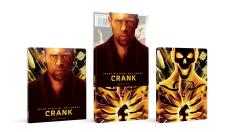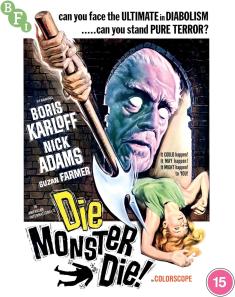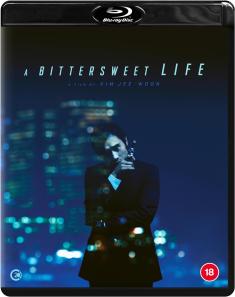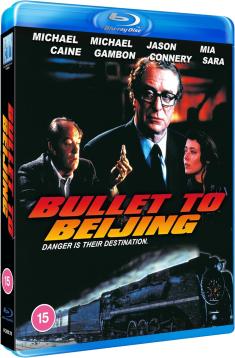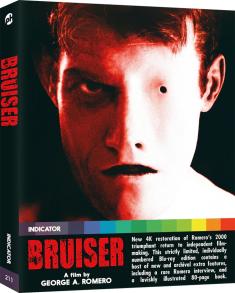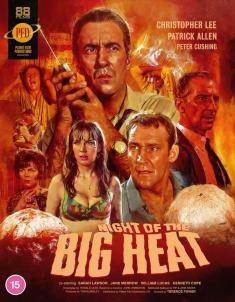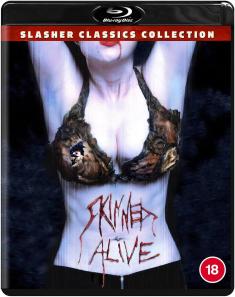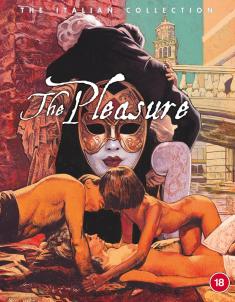L.A. Noire: Rockstar Pass
Overview -
Gamers who took the plunge into the latest Rockstar release back in May, the neo-graphical adventure, “LA Noire,” were treated to a loving tribute to the world of film noire set against the backdrop of Los Angeles, 1947. Not long after the game’s release talk began to spread that whole sections of the game, in the form of detective desks were cut from the final game and eventually the developers confirmed this rumor. An already epic-length game, “LA Noire” offered early adopters free DLC add-ons in the form of in-game suits and entire cases, with the promise of all being offered for separate purchase at a later date. Eventually, Rockstar released the DLC piecemeal as well as in the form of the Rockstar Pass, which promised those willing to shell out $11 access to all current and future DLC, specifically four cases in all (two which were pre-order bonuses, one which was a bonus for midnight shoppers at Best Buy, and one not obtained anywhere else for free). Adding a case to traffic, two to vice, and one to arson, the question remains, is the Rockstar Pass worth a purchase or even more, is any of the DLC worth a purchase in the first place?
Video Review
“LA Noire” remains a bit of a mixed bag on the visual front. The money shines through on facial animations with the amazing motion capture and top-notch acting making the game an engrossing and often cinematic experience. Having to read faces and body language is no mere gimmick due in no small part to the effort ensuring the characters of “LA Noire” were set apart from your standard video game denizens.
Environments capture the look of late 40s Los Angeles with stunning realism. Compare the game to vintage photographs and the little details added in by the art department are appreciated. The game world as a whole is lifelike and while not as crisp and sharp as the facial motion capture, is nothing to scoff at. Artistic gushing aside, the game still suffers from pop-in, which is lessened when the game is installed to the hard drive, although it is a consistent issue when traveling at high speeds in the car. I experienced no frame rate issues, even during the early parts of the “Nicholson Electroplating” case, which push the visual engine to the limits.
Character models are noticeably stiffer than any other animated object in the game and occasionally you’ll get a minor hiccup if your character is jumping an object or running to a wall for cover. It’s nothing game breaking and as time goes on you won’t notice it that much, but it’s an issue that doesn’t plague other graphically intensive titles.
Last but not least, eagle eyed players will notice there’s something a little off when it comes to in-game shadow rendering. If you scrutinize the lighting angles, often shadows just don’t make physical sense. Again, it’s something that the casual gamer won’t pay second thought to, but a glitch worth noting.
Audio Review
Like the game as a whole, the four additional cases have perfect sound design. The world of 1947 Los Angeles comes to life through vintage music subtly dialed back on the car radio, just barely heard over the conversations between you and your partner. As you move the camera, the soundscape changes appropriately in relation your field of vision, giving players a constant sense of a busy world: cars come and go, the murmur of pedestrians and business mix nicely with clanging mechanization of the occasionally streetcar.
In game dialogue is flawless with actors big and small giving it their all, forcing players to listen to tone and inflection. Interrogations and cutscenes become truly cinematic, followed closely by the occasional foot chase, car chase, or firefight, with a pistol sounding like a pistol should and the heavier automatic weapons having a nice deep kick to them. The only nitpick is the cars still sound a little generic overall, but at least they sound like cars.
One of the best cases in the entire game, another solid entry into the world of vice, a disposable but breezy entry level mission, and one action packed turkey make the Rockstar Pass a mixed bag on the surface. Even if “LA Noire” didn’t tickle your fancy, you should strongly consider dropping $4 for “Nicholson Electroplating,” but aside from that the add-ons don’t offer anything different from the original game. This was all cut material and at the end of the day that might upset some gamers, but understand, at three-discs long this was already a massive game and the stuff presented here would have unnecessarily pushed it to a fourth disc.
